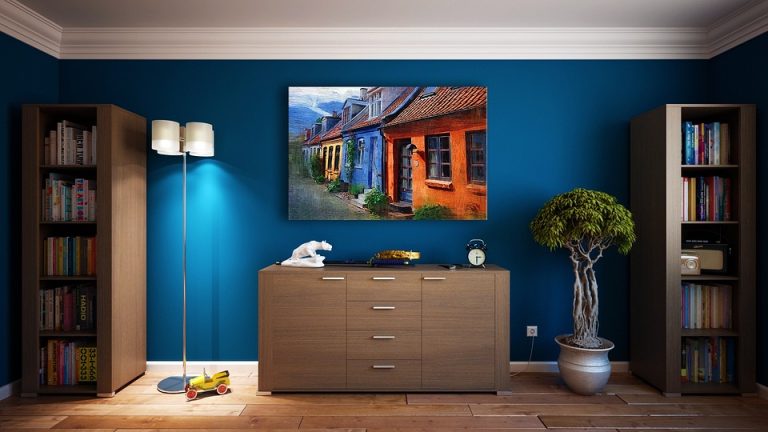As more and more people are working from home, shared home offices have become a popular choice for families and roommates. Designing a functional and stylish shared home office can be a challenge, but with a few key considerations, it is possible to create a space that meets everyone’s needs and looks great at the same time.
The first step in designing a shared home office is to assess the needs of each person who will be using the space. This may involve discussing work schedules, the type of work that each person does, and any special equipment or furniture that they need. It’s important to consider each person’s individual work style and preferences when designing the space.
Once the needs of each person have been identified, it’s time to think about the layout of the shared home office. It’s important to maximize the available space and create designated work areas for each person. This can be achieved by using clever storage solutions, such as shelves, cubbies, and filing cabinets, to keep the space organized and clutter-free.
When it comes to choosing furniture for a shared home office, it’s important to select pieces that are both functional and stylish. Look for desks and chairs that are comfortable and ergonomically designed, as well as storage solutions that are both practical and visually appealing. It’s also a good idea to incorporate individual touches into the design of the space, such as personalized desk accessories or artwork, to make each person’s work area feel unique and inviting.
In terms of decor, it’s important to create a cohesive look that reflects the preferences of everyone using the space. This may involve choosing a color scheme that is neutral and versatile, and incorporating elements of each person’s personal style into the design. Consider using plants, artwork, and other decorative touches to make the space feel warm and welcoming.
Finally, it’s important to create a sense of balance and harmony in a shared home office. This may involve setting ground rules for using the space, such as taking turns using certain pieces of equipment or keeping noise levels to a minimum during certain hours. It’s also important to communicate openly and respectfully with each other about any concerns or issues that arise while using the shared home office.
In conclusion, designing a functional and stylish shared home office requires careful planning and consideration of each person’s individual needs and preferences. By creating designated work areas, selecting furniture and decor that is both practical and visually appealing, and promoting a sense of balance and harmony, it is possible to create a shared home office that is a pleasure to work in for everyone involved.

